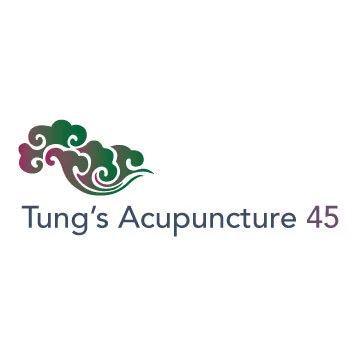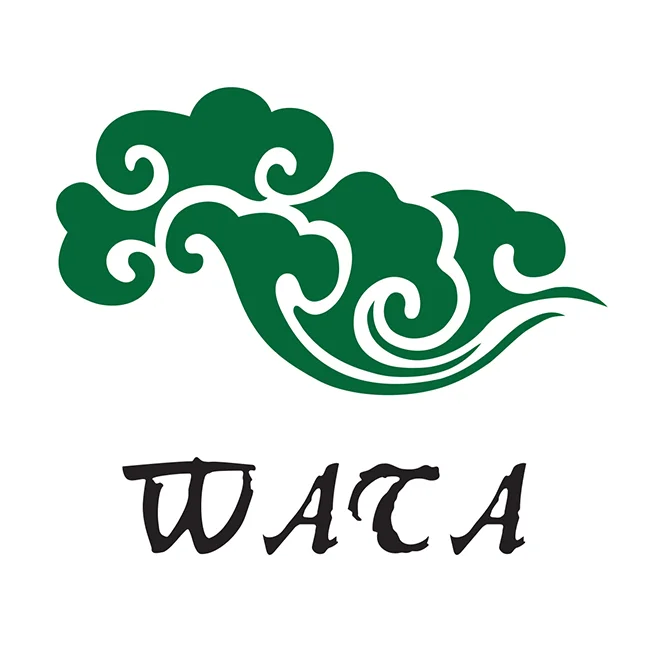1 : In acupuncture, when to select points on the affected side, and when to select only the point on the opposite side of the body is more appropriate?
/This question may be answered with the following descriptions. 1. Treating pains: In general, in treating the pain syndromes, needling the opposite side of the body is more appropriate. The reason is because the nerves cross to the opposite side of the body. This matches the so-called “cross channel needling is called Miaoci, which means to needle the right side of the body when the disease is located in the left side”. (Ode of Elucidate Mysteries).2.Treating functional disorders: Either the opposite or the same (affected) side of points may be selected, though sometimes the affected side is more effective. For example, needling the opposite side point to treat the frozen shoulder is effective, but sometimes needling the affected side is more effective. However, if the disorder is with pain, then selecting the opposite side point is better. Or in this case, points on both sides may be selected. Treating tinnitus, needling Fengshi (GB31) is very effective; however, needling the Fengshi (GB31) on the affected side is even better. Treating Bell’s palsy (facial never paralysis), when the face slants toward to the right side, which indicates the disease (paralysis) is located on the left side, the left side (affected side) points should be selected. 3.Blood-letting: Because the blood vessels flow circularly without crossing to the other side, blood-letting in general is performed at the affected side of the body. Although some points such as Jing-well points are selected on the opposite side as that in Miaoci, those cases are somehow treating pains as well. 4.Supplementing or reducing technique: in some cases, selecting the affected side is more appropriate.5.Moxibustion: Moxibustion is usually on the local and affected side. For example moxa on the Yangchi (SJ4) (affected side) to treat uterus leaning to one side and hernia. The above are the general guidelines. The clinical applications should be flexible and change accordingly.











今年 2020 為 董公景昌博士逝世45週年,為紀念 董公傳授絕學之用心,讓董氏針灸更加發揚,特舉董景昌逝世四十五週年紀念學術大會。